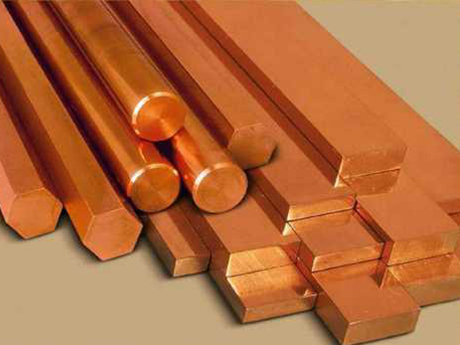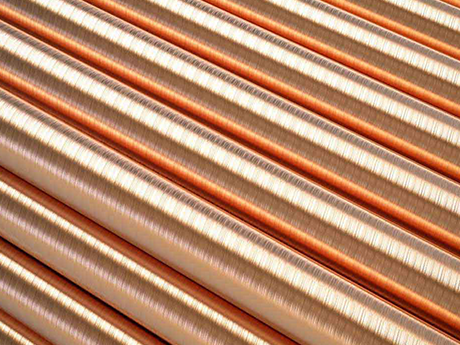Talking about the difference between ordinary brass rod and special brass rod
Brass rods are divided into general and special, so what is the difference between general brass rods and special brass rods? The more critical difference depends on the purity of the material brass. The purity of brass can be accurately measured by Archimedes principle, and the volume and quality of the sample can be accurately measured. Then the brass can be calculated based on the density of copper and the density of zinc. The proportion of copper in it.
General brass rod
Aluminum alloy composed of copper and zinc. When the zinc content is less than 39%, zinc can dissolve the copper to produce a single phase a, called a single-phase brass rod, which has good plastic deformation and is suitable for hot, cold press processing and production. When the zinc content exceeds 39%, there are a single-phase and b solid solutions based on copper and zinc, called dual-phase brass rods, b. The plastic deformation is small and the compressive strength is increased, which is only suitable for hot-pressure production and processing. If the quality score of zinc is increased again, the compressive strength will be reduced, and the unused value number is expressed by "H + number", H is for brass rod, and the number is for copper. For example, H68 expresses the copper content of 68%, zinc content is 32%, the brass rod, forged brass rod, "Z" before the number, such as ZH62 such as Zcuzn38, the zinc content is 38%, the remaining amount is Forged brass rod of copper. H90 and H80 are single-phase, yellow, so they are collectively called golden, which are called coatings, decorations, medals, etc. H68 and H59 belong to dual-phase brass rods, which are commonly used as parts of household appliances, such as bolts, nuts, sealing rings, spring yellows, etc. Under normal conditions, single-phase brass rods for cold-deformed production and processing, dual-phase brass rods for hot-deformed production.
Special brass rod
The diversified alloy formed by adding other alloying elements to the general brass rod is called a brass rod. Commonly added elements include lead, tin, aluminum, etc., which can be called lead brass rods, tin brass rods, and aluminum brass rods. The purpose of adding alloying elements is to increase the compressive strength and improve the process performance. Number: Expressed as "H + the symbol of the main element (except zinc) + the mass fraction of copper + the mass fraction of the main element + the mass fraction of other elements". For example: HPb59-1 expresses that the mass fraction of copper is 59%, the mass fraction of lead containing the main element is 1%, and the remainder is a lead brass rod with zinc.



